|
|

The Giaour's Literary Heritage
The film The Giaour is a new
interpretation of Lord Byron's 1813 poem. In the poem’s narrative, the beautiful harem slave
Leila is drowned as an adulteress. Her lover, the Giaour ("the infidel") kills her master Hassan
in revenge, and is in turn cursed to live forever on the blood of his fellow humans.
The best-selling poem cemented Byron's reputation
and inspired, via John Polidori's The Vampyre, the vampire genre of gothic fiction that would
later yield Dracula (1897). Yet Leila, caught between the two active male protagonists and
their lethal passion, remains strangely bloodless, dying without uttering a word.
What resolved the mystery for us was a suggestion by
Professor Rebecca Nesvet (University of Wisconsin, Green Bay) that Leila is the Giaour himself dressed
as a woman – the theme Byron would revisit in Don Juan. 1
At the height of British homophobia,
Byron evaded censure by setting his tale in a harem to exploit the Orientalist stereotypes: the cruel
harem master and a silent female slave.
At least that was his plan. The reality was not so
smooth.
During his Grand Tour of the Levant (1809–11),
Byron was a guest of Ali Pasha, the Ottoman governor of Ioannina (Epirus). Both Ali, then in his
70s, and his oldest son, Veli Pasha (39), plied the young poet with gifts and invitations to hunts
and banquets. Veli, who had commanded forces against Souliotes, Septinsular Republic, and Serbian
rebels, was particularly demonstrative. This was probably the first time the young lord had allowed
himself to enjoy attentions of powerful, older men.
Returning to England in 1812, Byron published the
first two cantos of Childe Harold's Pilgrimage. He then followed its success with
The Giaour (1813), the first of his "Turkish Tales”, inspired by events and impressions of his
Grand Tour. Although The Giaour became a bestseller, Byron began revising the poem,
extending it to 1,332 lines – more than three times its original length – over seven subsequent
editions.
The poet then left Lady Caroline Lamb, courted and
married Annabella Milbanke, fathered a daughter, had an affair with his half-sister Augusta, and
separated from his wife, all the while maintaining his prodigious output. Losing the custody of his
daughter (a rare occurrence in those patriarchal times), he left England, never to return. Byron
biographer Benita Eisler suggests he suffered a breakdown. Queer studies pioneer Louis Crompton
characterized these activities as frenetic; motivated by the need to deny his own homosexuality.
We suspect another poem, published during Byron's absence, was also to blame.
After the publication of The Giaour, someone
in Byron's circle must have suggested he read a poem by John Stagg: "The Vampyre" (1810). Byron
recognized in Stagg's poem both the Oriental monster that entered the European consciousness via
former Ottoman territories, where it was believed converts to Islam would become vampires; and the
poem's undeniable homoeroticism. He panicked: he had himself come face to face with the
homosexual vampire, figuratively speaking.
In 1816, Mary Godwin and Percy Bysshe Shelley visited
Byron at his rented villa in Geneva. In that wet and cold summer, a contest was proposed: to see who
could write the best tale of horror. Mary began her masterpiece
Frankenstein; or, the Modern Prometheus; Shelley did not write anything. Byron wrote one
chapter of Fragment of a Novel and talked about his vampiric protagonist. And John
Polidori, Byron's personal physician, was there to listen.
In 1819, Polidori published The Vampyre,
using Stagg's spelling. To further annoy his former employer, Polidori borrowed the name Ruthven
for the titular monster, from the thinly-disguised Byron figure in Lady Caroline Lamb's novel
Glenarvon (1816). This penny dreadful, initially marketed under Byron's name, sold well, but
failed to make Polidori rich, and the physician-turned-author killed himself.
The mid-19th century would see the vampire rise to
become a fixture in popular entertainment. Two more notable queer vampires would join the genre:
Sheridan Le Fanu's lesbian vampire Carmilla (1872), and Oscar Wilde's omnivorous, non-blood
drinking variant Dorian Gray (1891), before Bram Stoker, another Irishman, created the
unambiguously heteronormative Count Dracula, who immigrates to London with his harem of three
Brides to unleash the terror of foreign pestilence.
–– Rika Ohara (October 2020, Los Angeles)
|
|
|

 Eugène Dracroix,
Eugène Dracroix,
Combat of the Giaour and the Pasha, 1835

 Eugène Dracroix,
Eugène Dracroix,
Combat of the Giaour and the Pasha, 1827

 Thomas Phillips,
Thomas Phillips,
Lord Byron in Albanian Dress, c. 1835

 Thomas Phillips,
Thomas Phillips,
Lady Caroline Lamb (1785—1828) dressed as one of Byron's "pages"
In The Giaour, Leila disguises herself as "a Georgian page" to meet her lover.
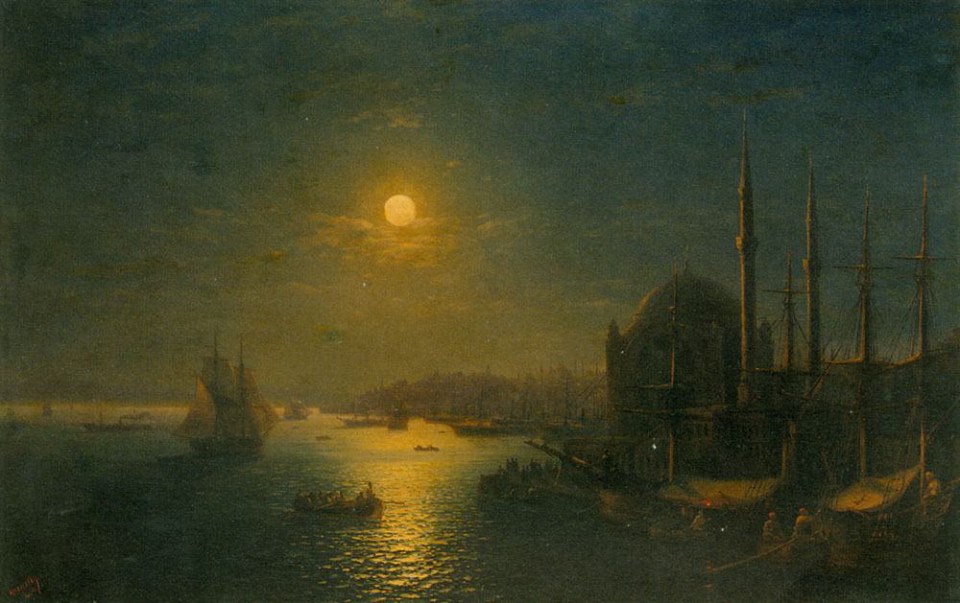
 Ivan Constantinovich Aivazovsky,
Ivan Constantinovich Aivazovsky,
A Moonlit View of the Bosphorus, 1884
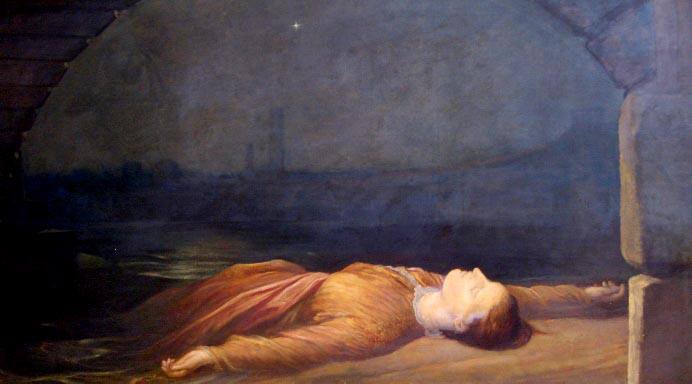
 George Frederic Watts,
George Frederic Watts,
Found Drowned, 1867

 Lord Byron commemorative stamp, Greece, 1924
Lord Byron commemorative stamp, Greece, 1924
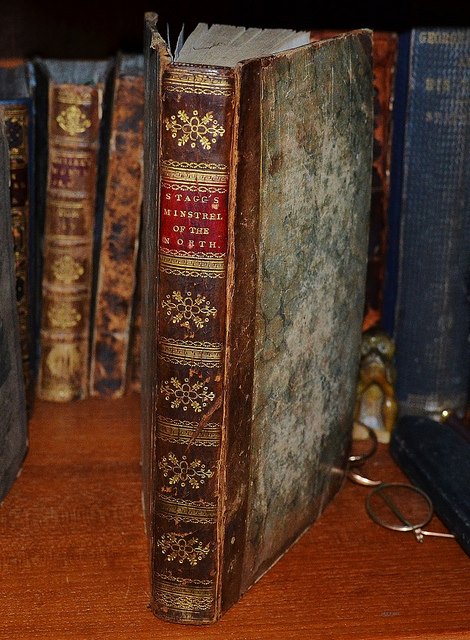
 John Stagg's Minstrel of the North, 1810
John Stagg's Minstrel of the North, 1810
It included a poem "The Vampyre," probably
the earliest use of the word in English literature of
the Romantic Era.
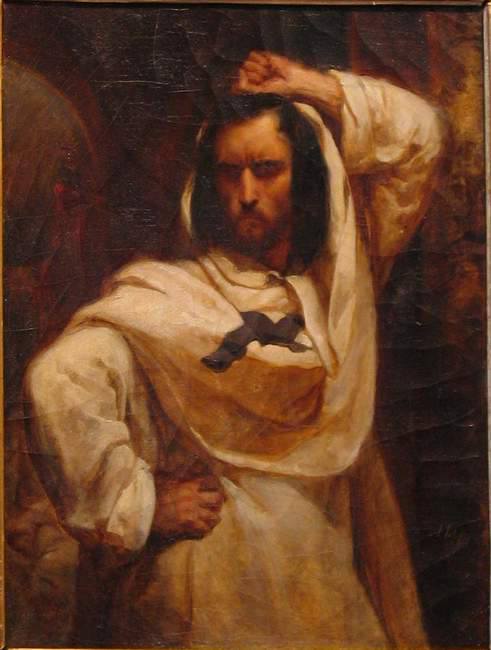
 Ary Scheffer (1795-1868), Le Giaour
Ary Scheffer (1795-1868), Le Giaour
© Musée de la Vie Romantique, Paris

 Eugène Delacroix,
The Death of Hassan, or Turkish Officer Killed in the Mountains, 1825
Eugène Delacroix,
The Death of Hassan, or Turkish Officer Killed in the Mountains, 1825

 Eugène Delacroix, The Giaour Contemplating the Dead Hassan, c. 1829
Eugène Delacroix, The Giaour Contemplating the Dead Hassan, c. 1829
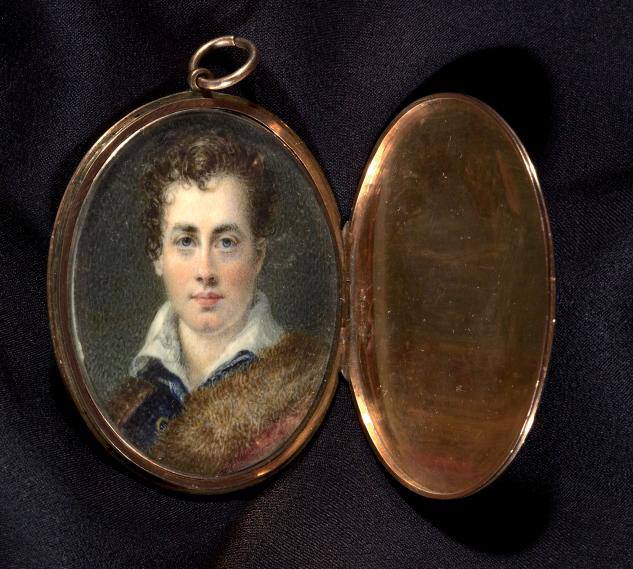
 Portrait of Lord Byron and locket that once belonged to Lady Caroline Lamb
Portrait of Lord Byron and locket that once belonged to Lady Caroline Lamb
The styling of Byron as Lord Ruthven was not Polidori’s invention. One of Byron’s lovers Lady Caroline Lamb first used the name for a thinly disguised caricature of
Byron in her Glenarvon (1816). In Lamb’s gothic novel, Lord Ruthven is also a corrupting influence on an innocent female (Lamb herself).
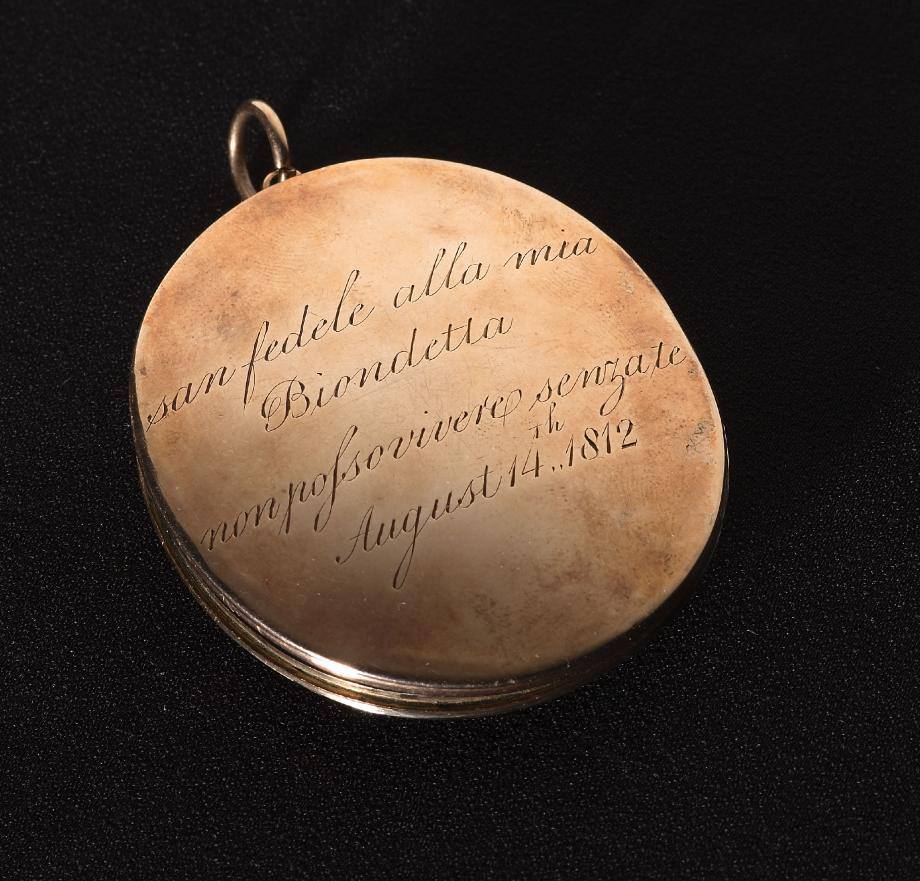
 Lady Caroline Lamb's locket containing Byron's portrait
Lady Caroline Lamb's locket containing Byron's portrait
Lady Lamb’s first impression of Byron: “mad, bad, and dangerous to know.” His response was to pursue her passionately.” When Byron tired of her, it was
Lamb who pursued him obsessively, becoming something of a celebrity stalker.
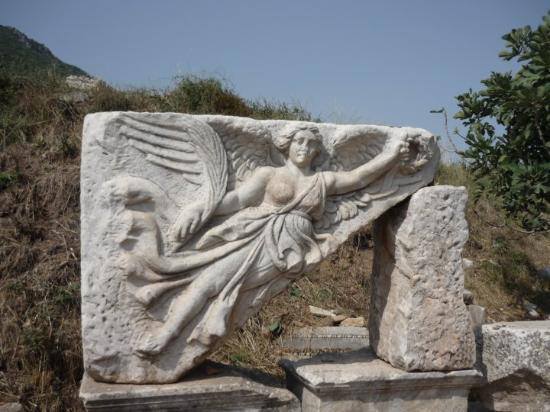
 Nike, Ephesus
Nike, Ephesus
In Byron’s A Fragment of a Novel, English nobleman Darvell and his traveling companion (the narrator) visit Greece and Turkey.
There, Darvell begins to waste away and dies after instructing his friend to bury him in a cemetery in Ephesus.
(image: tripadvisor.com)
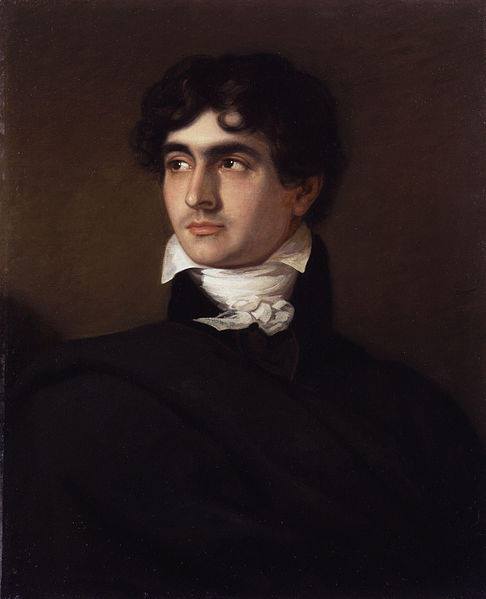
 John William Polidori, the author of The Vampyre (1819), painted by F.G. Gainsford
John William Polidori, the author of The Vampyre (1819), painted by F.G. Gainsford
The readers of Polidori’s The Vampyre recognized a caricature of Byron in Lord Ruthven (Polidori and Byron had
quarrelled): a debauched aristocrat, ruthless in pursuit of pleasure. Ruthven leaves human ruins in his wake; we
see in him Oscar Wilde's Dorian Gray, whose portrait records his moral decay, while the model, like a vampire,
does not age.

 Eugène Delacroix, Greece on the Ruins of Missolonghi, 1826
Eugène Delacroix, Greece on the Ruins of Missolonghi, 1826
Leila: "a personification of Greece"?
'T is Greece, but living Greece no more !
So coldly sweet, so deadly fair,
We start, for soul is wanting there.
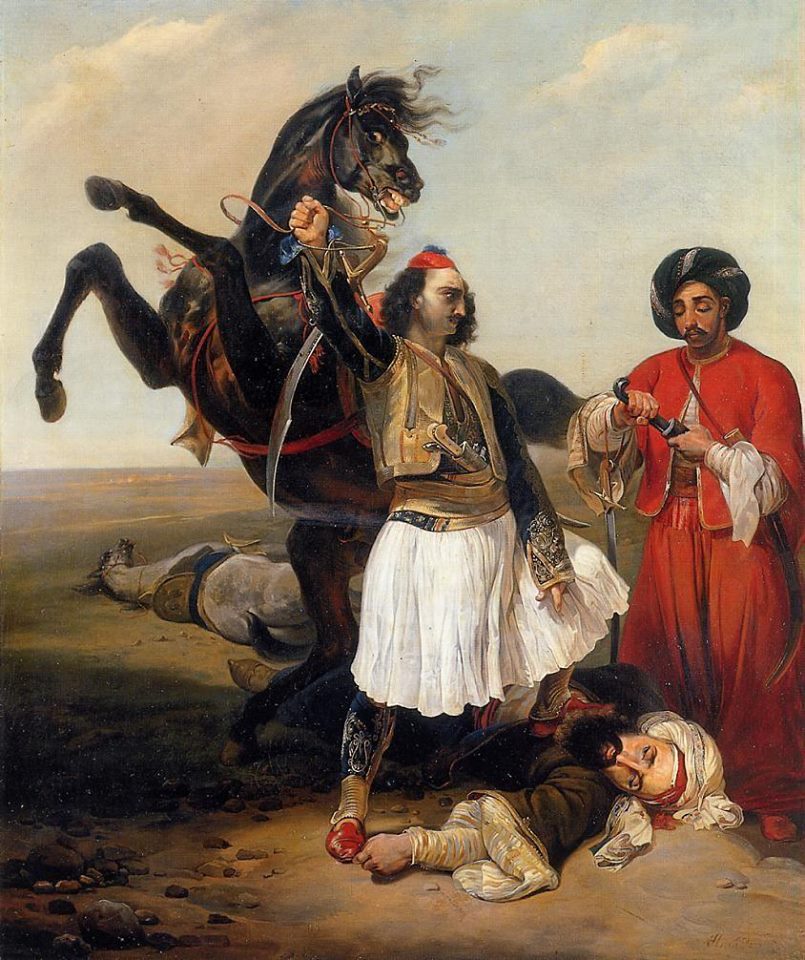
 Horace Vernet (1789-1863), Le Glaour Conquerer d'Hassan
Horace Vernet (1789-1863), Le Glaour Conquerer d'Hassan
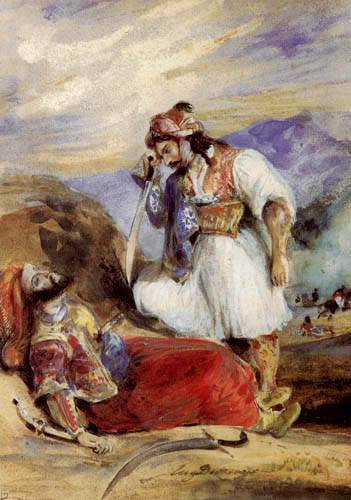
 Eugène Delacroix, The Giaour over dead Pasha, 1825
Eugène Delacroix, The Giaour over dead Pasha, 1825

 Eugène Delacroix, The Confession of the Giaour, 1825-40
Eugène Delacroix, The Confession of the Giaour, 1825-40
Such is my name, and such my tale.
Confessor ! to thy secret ear
I breathe the sorrows I bewail…
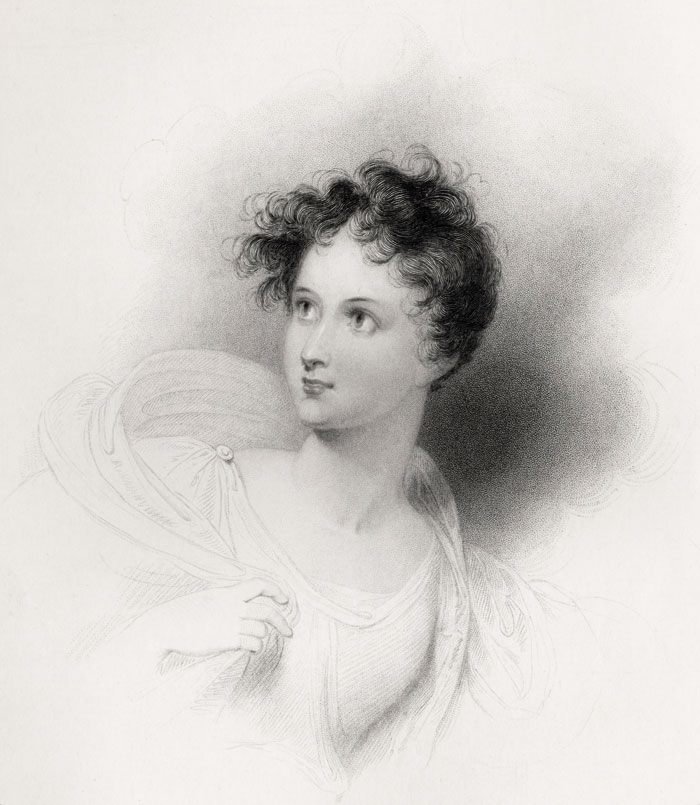
 Lady Charlotte Harley, or "Ianthe" to whom Byron dedicated his Childe Harold's Pilgrimage (1812).
In Polidori's The Vampyre (1819), Ianthe is a victim of Lord Ruthven.
Lady Charlotte Harley, or "Ianthe" to whom Byron dedicated his Childe Harold's Pilgrimage (1812).
In Polidori's The Vampyre (1819), Ianthe is a victim of Lord Ruthven.
Engraving by W. Finden, after drawing by R. Westall
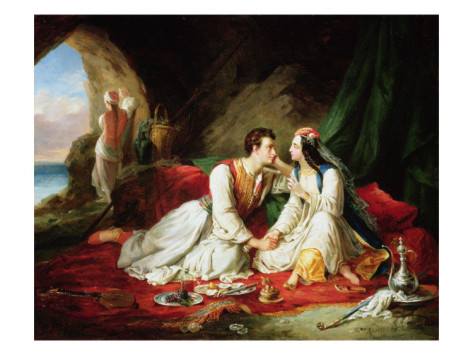
 Alexandre-Marie Colin, Byron as Don Juan, with Haidee, 1831
Alexandre-Marie Colin, Byron as Don Juan, with Haidee, 1831
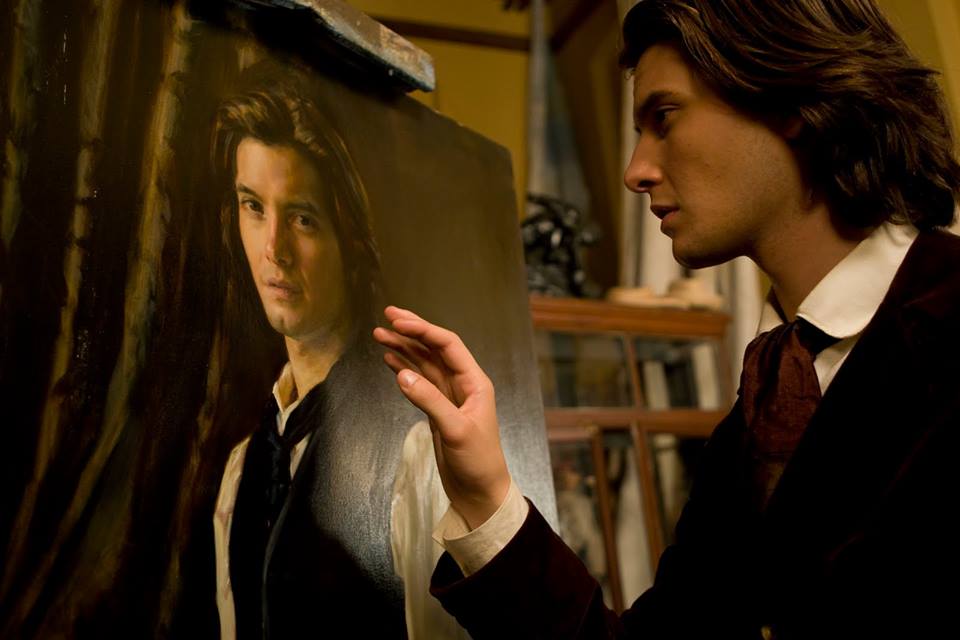
 From this, The Giaour –– The Vampyre continuum, two vampire archetypes emerge: One is the vampire as a
debauched aristocrat, which flows straight into Oscar Wilde's The Picture of Dorian Gray (1890). Here: Ben
Barnes as Dorian Gray in "Dorian Gray" (2009, Oliver Parker).
From this, The Giaour –– The Vampyre continuum, two vampire archetypes emerge: One is the vampire as a
debauched aristocrat, which flows straight into Oscar Wilde's The Picture of Dorian Gray (1890). Here: Ben
Barnes as Dorian Gray in "Dorian Gray" (2009, Oliver Parker).
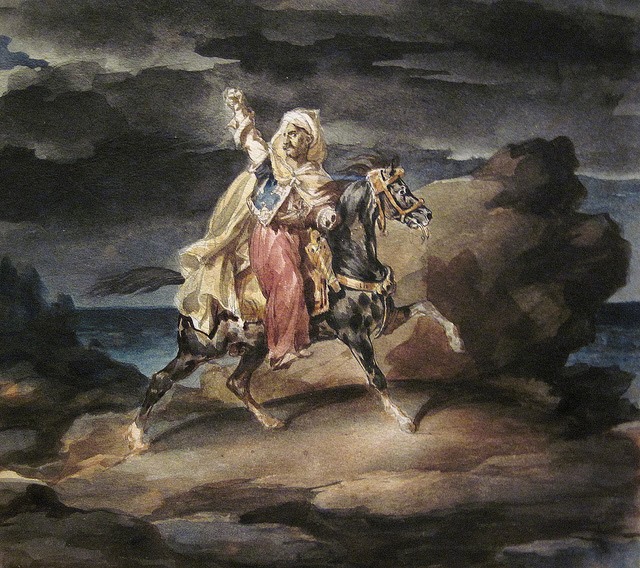
 Théodore Géricault, The Giaour, c. 1822-23
Théodore Géricault, The Giaour, c. 1822-23
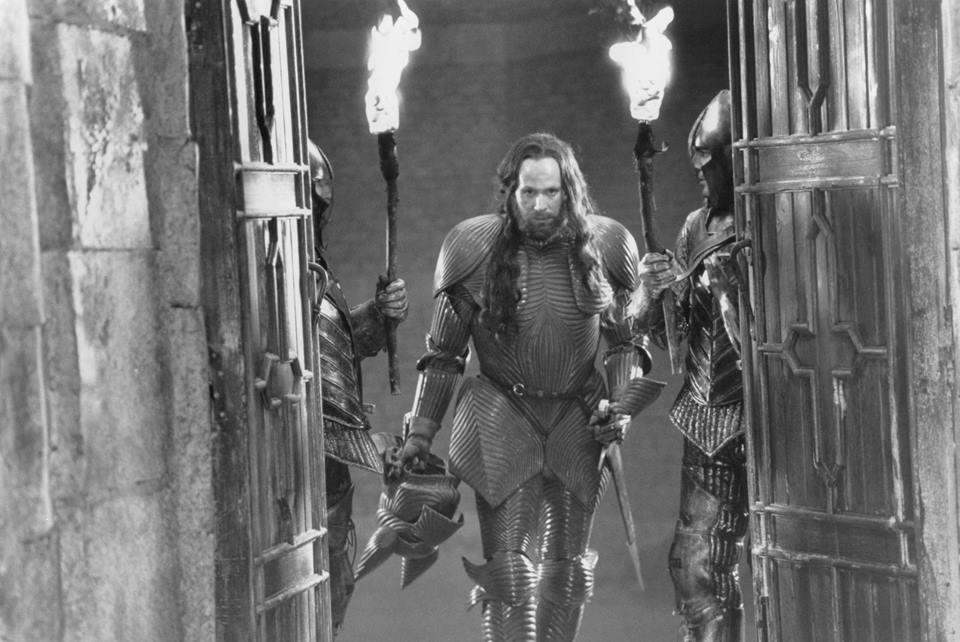
 The second is the vampire as a Byronic hero: Coppola seems to have merged the historical Vlad Tepes and the Giaour in his Bram Stoker's Dracula (1992).
Here the "Turk killer" returns from battle, to find his beloved princess dead. He swears revenge on the Church –– which refuses to give his wife, a suicide, a Christian burial.
He stabs a statue of Christ –– a symbolic deicide –– and is cursed to become a vampire.
The second is the vampire as a Byronic hero: Coppola seems to have merged the historical Vlad Tepes and the Giaour in his Bram Stoker's Dracula (1992).
Here the "Turk killer" returns from battle, to find his beloved princess dead. He swears revenge on the Church –– which refuses to give his wife, a suicide, a Christian burial.
He stabs a statue of Christ –– a symbolic deicide –– and is cursed to become a vampire.
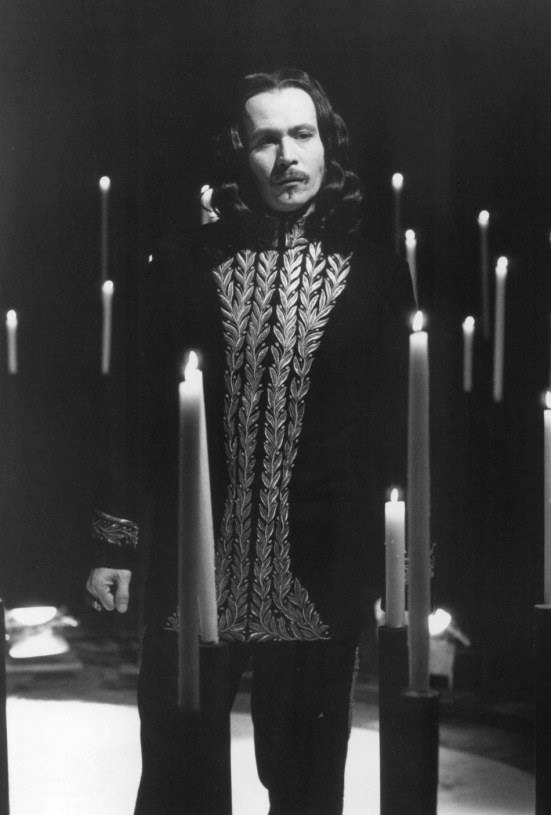
 Gary Oldman in Bram Stoker's Dracula (1992, Coppola):
Dracula as a Byronic hero. Gary Oldman in Bram Stoker's Dracula (1992, Coppola):
Dracula as a Byronic hero.
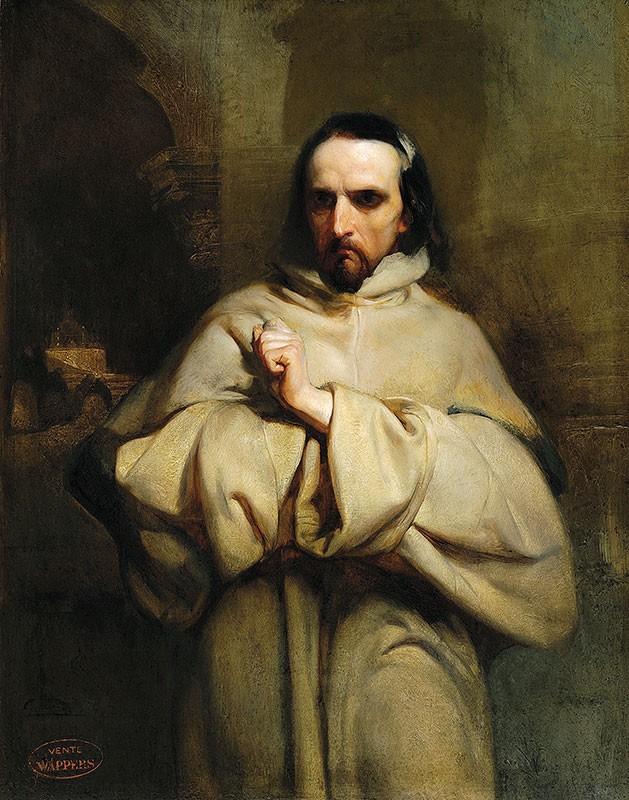
 Gustave Wappers, Le Giaour, c. 1830-40
Gustave Wappers, Le Giaour, c. 1830-40
Musée des Beaux-Arts de Pau
|
|
|
|